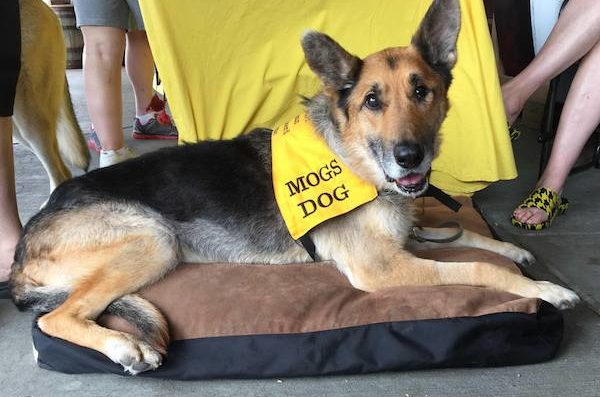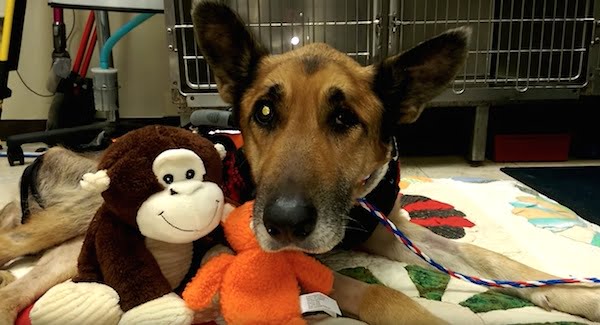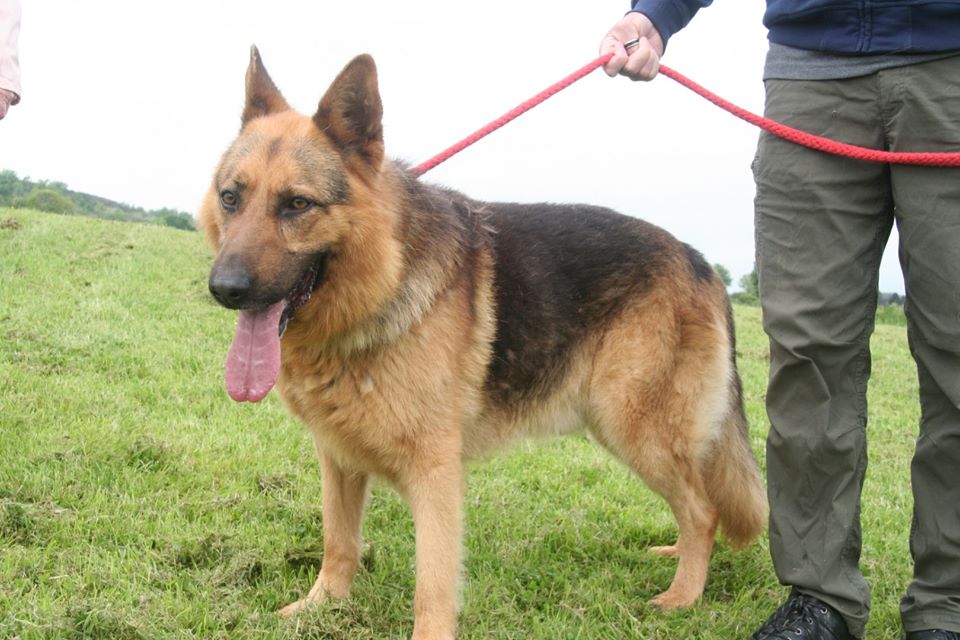The black German shepherd rescue has two concepts to discuss, The relief of black german Shepherd and the use of dogs for rescue. People are using them for their rescue. Below I mention the history, lifestyle and health issues of black German Shepherd.

History
A breed of this large-size dog that originates in Germany in 1899 is the German Shepherd Dog. German Shepherds are working dogs that were initially creating for herding and protecting sheep as part of the Herding Group. They often enlist in police and army roles worldwide because of their strength, intellect, and skills.
The dogs are bred to maintain features that helping herd sheep and protect flocks from predators in their work. Such as intelligence, velocity, strength, and keen smell senses. The findings of dogs who are willing to do such stuff differ considerably from one location to another in appearance and capacity.
Phylax Society
The Phylax Society was created in 1891 to establish standardized dog breeds in Germany to tackle these differences. After only three years, the society disperses due to continuing internal disputes about the characteristics of dogs that society should encourage. Some participants thought that dogs should be bred for work reasons only, while others thought dogs should also be producing for appearance.
While their objective was unsuccessful, the Phylax Society had motivated individuals to follow separately standardizing dog breeds. This breed is famous because, after 1937 and 1938, Grand Victor in American Kennel Club dog shows became the German Shepherd Siegers Pfeffer von Bern. Only to experience another decrease at the end of World War II owing to the anti-German feeling of the moment.
As time went on, their popularity gradually improved until 1993, when they became the United States’ third most common race. The breed was the second most common breed in the US since 2009. Also, in other registries, the kind is typically among the most popular. The physique of the German Shepherd Dog is very suitable for athletic competition. In displays and contests such as strength trials, they usually compete.
GSDs are not couch potatoes and will insist that they interact with their individual or family. They’re not going to grow like a kennel or dog in the backyard. If left outside, even while you’re away at the job, there will be several behavioural problems.
They range from but are not restricted to digging, barking, separation anxiety, fear aggression, jumping and bolting, destructive conduct—an overly protective attitude with both humans and other animals.
Now when we’re talking about descriptions.

The German Shepherds can be available in a variety of colours, the most common of which are tan or black and red or black. Most colour varieties have black masks and black body markings ranging from a classic saddle to a general blanket. Sand, all-black, all-white, liver and blue varieties are rare colour variations.
According to most standards, the all-black and jet black varieties are acceptable; however, the blue and liver are considered severe faults. In some measures, the all-white is the reason for instant disqualification.
What is and why are we doing German Shepherd Rescue? Unfortunately, in a scenario where they need a fresh home, some German Shepherd Dogs will discover themselves. For the reason’s individuals give up their dogs, there are two primary categories:
- Behavioural issues and
- Lifestyle modifications.

BEHAVIOR PROBLEMS:
Rescue Dog Behavior issues generally happen because the breeders did not investigate and understand obviously what it takes to raise—a German Shepherd Dog as a responsible community member. A pet is never supposed to be an impulsive purchase. The German Shepherd is a herding breed and a beneficial dog used in police jobs, bomb detection, narcotics detection, and military work as a Seeing Eye dog, a cattle herder, or guardian.
LIFESTYLE CHANGES:
Rescue dog Lifestyle changes are the second reason to give up pets. It’s unavoidable that change. The loss of a job, divorce, death, birth of a child, diagnosis of a severe medical issue, and responsibility for caring for elderly relatives can lead to an individual unable to continue caring for his German Shepherd. Your pet has no funds on his own to find a new home. The owner of the pet is the leading resource for your pet to see a new home.
If we talk more about German Shepherd rescue centres, we’re going to find many centres. The purpose of created to rescue, re-home German Shepherd Dogs (GSDs), and educate individuals on the breed. German Shepherd Rescue Elite (GSRE) supported by a team of unpaid volunteers striving to assist and encourage responsible race ownership.
The goal of GSRE is to be prevention, not permanently cure, by providing education on the beautiful breed and how to look after these brilliant and vigorous dogs. We don’t just look at re-home dogs, but we maintain them in their first homes by providing training and behaviour tips.
More previously, GSRE also helped the Belgian Shepherd Malinois breed, who began to find themselves in rescue, and as the other primary working. The kind used by police and armed forces means we are better position to know their requirements than many savings.
GSRE is a registered charity that works with many other reputable rescues, meaning that we can assist even more needy dogs through teamwork and pulling together. Many individuals and organizations are full members of the Association of Dogs and Cats Homes (ADCH), promoting best practices in animal welfare. An EU Dog and Cat Alliance member calling for EU action to create a better Europe for dogs and cats.
There are many German shepherd rescue centers. Have a glance:
- Bay Area German Shepherd Rescue
- El Dorado County German Shepherd Rescue
- First Responders Animal ResQ
- Golden State German Shepherd Rescue
- Greater California German Shepherd Rescue
- Second Chance German Shepherd Rescue
- Sierra Nevada German Shepherd Rescue
- Thulani Senior German Shepherd Rescue
Hence the conclusion is GSD is staying in our kennel while waiting for new homes. Dogs are put in foster homes needing extra training or medical care where they can recover in a comfortable, loving setting.
See Also: